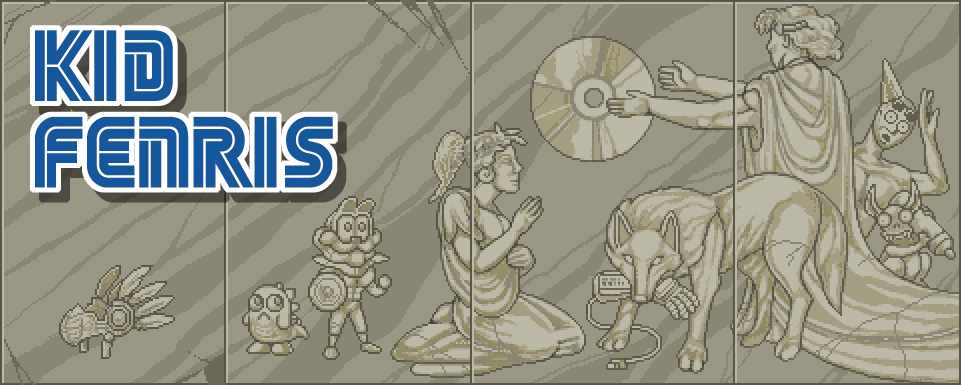Few authors in the manga industry went wrong like Masamune Shirow. True, he remains well-known in the North American anime and manga market, largely because of comics he made nearly twenty years ago. Those comics are kept in print, and his name is invoked and praised whenever a new Appleseed movie or Ghost in the Shell adaptation arrives. Yet his reputation is a lean shadow of what it was during the 1990s, when Shirow seemed unstoppable.
Shirow started off in the 1980s with a generic spaceship manga called Black Magic, but no one was really impressed until he rolled out Appleseed, a dense tale of science and politics gone astray in a 21st-century urban utopia. It set many Shirow standards: pretty and highly lethal heroines, police-procedural stories, rampant philosophical technobabble, and incredibly detailed mechanical designs for everything from firearms to city-crawling robots. It appealed to content-starved American comic readers of the 1990s, and Shirow caught on in a big way.
It wasn’t just Appleseed, either, as Shirow recycled the same approach (Women! Mechanical suits! Violence!) in better form. Ghost in the Shell added more police drama and copious lumps of artificial-intelligence ruminations, while Dominion went the opposite direction and made a silly comic about tank-driving cops in a future of pollution and terrorist robot catgirls. And then there was Orion, a mixture of space opera, Buddhist-Shinto mysticism, and concepts so insane that Shirow admitted he didn't even known what they meant.

Shirow grew even more popular with the mainstream exposure of the first Ghost in the Shell film in 1996, and it wasn’t all just because he could draw anime chicks straddling mechanized police armor. Most of the manga titles foisted on readers in the 1990s were cutesy piffle or dated pulp (completely unlike today’s scene, of course), and they were lightweight even when they were enjoyable. Shirow’s stuff was hardly of great substance, but his stories were usually driven by interesting ideas. His comics unsubtly reminded readers of this by having characters spout off reams of tangential discussion about the Gaia hypothesis, particle physics, or just how human a disembodied brain can be. It bordered on philosophy-student gibberish at times, and yet it was a blessing to any manga reader who wanted something to think about.
Of course, a lot of Shirow’s appeal came from his English translators. Frederik Schodt, Toren Smith, Dana Lewis, and other members of Studio Proteus dressed up Shirow’s stories with dialogue that was memorable, funny, and about as natural as a conversation can be when a bodiless synthetic consciousness is lecturing the vagrant cyber-spirit of a government operative about the benefits and risks of non-corporeal living.
There were, however, signs that Shirow possessed unsavory tendencies, and no one had to hunt for them. He seemed to write at the rate of one bad decision per comic: a gooey, virtual lesbian three-way in Ghost in the Shell (which was cut from the first U.S. version of the comic), a photosynthetic, bug-winged pixie who spent a fourth of Dominion naked, and a scene in Orion where the heroine is rolled up by karma-magic, thrown into the ocean, and dragged down to the lair of octopus creatures who want to eat her excrement. Shirow had himself some issues.
